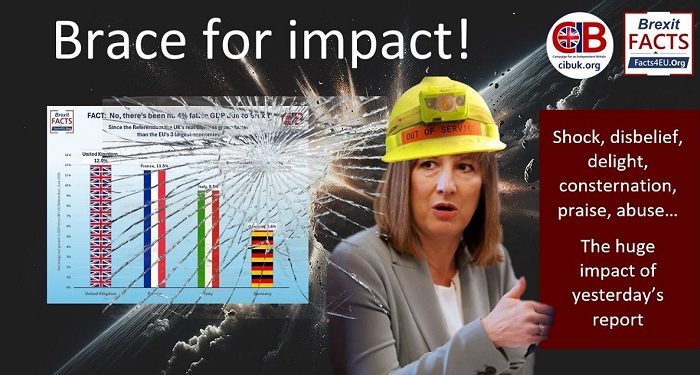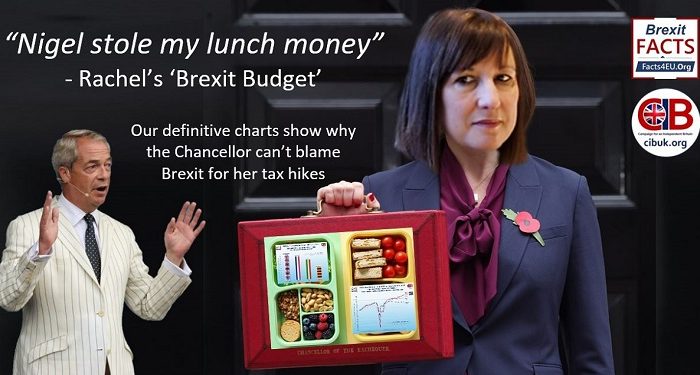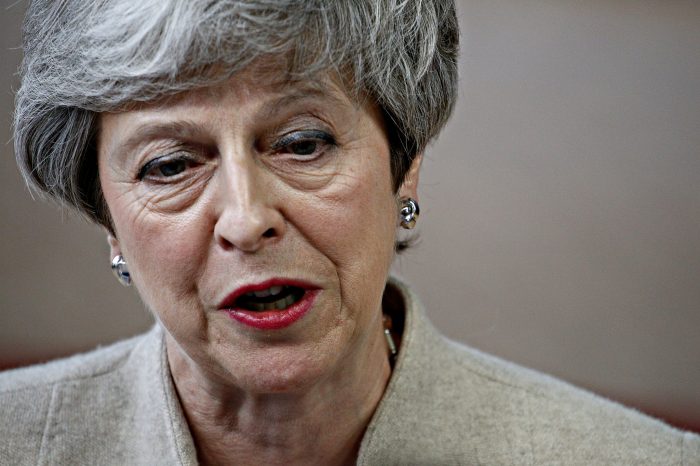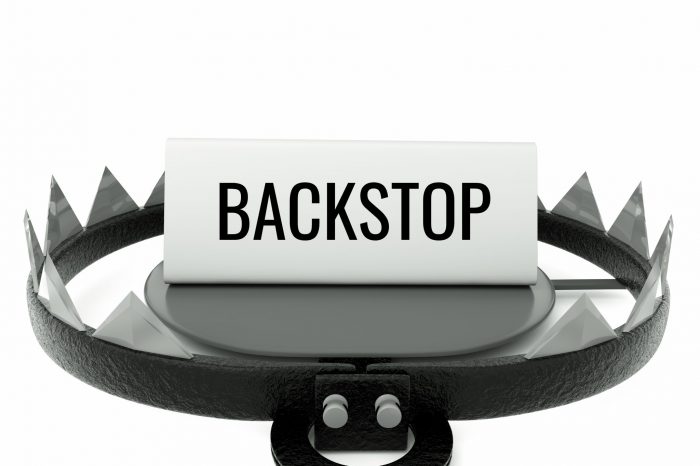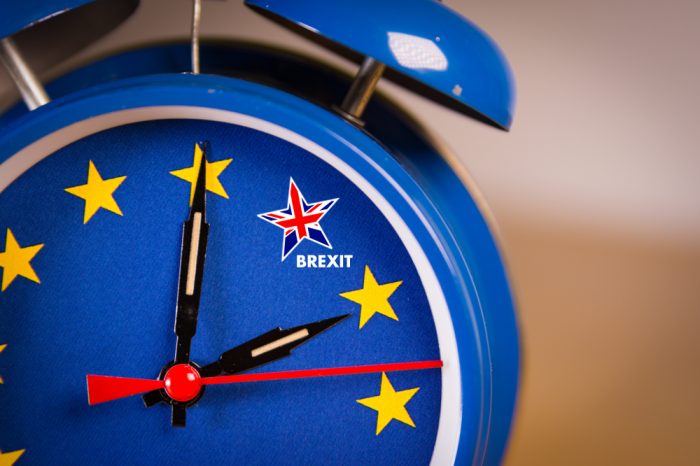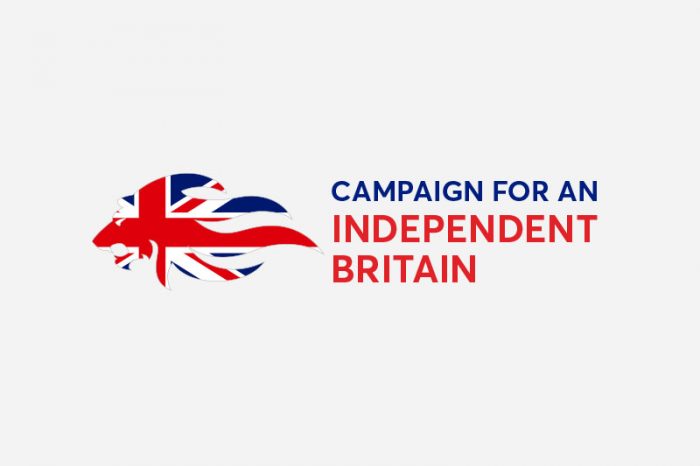A quick look at the Brexit White Paper
The government White Paper this week charts the course the government intends to take to achieve the second leg of Brexit following the referendum result. This should be to provide a ‘safe and beneficial exit’.
In effect, the government is not attempting to reach a withdrawal and settlement of the new relationship with the EU within two years after triggering Article 50, but is aiming to reach a settlement of the ‘framework’ within two years and thus leaving all the details for many years in the future.
It seems the government is splitting the Brexit job into two parts.
Job One: Leaving the EU is being interpreted as negotiating a ‘framework’ within which the detailed negotiations will sit.
Job Two: Detailed negotiations after the UK formally leaves the EU with a ‘framework’ settled.
So the question is this – can the government negotiate the details after formally leaving the EU with a framework agreement but in which framework the details are that each ‘chapter’ of the interface comes up for negotiation maybe years later?
In a way, the government is agreeing with the basic plan offered by the Leave Alliance during the referendum campaign – that the job is too big and complicated to do in two years. The Leave Alliance solution was to remain in the EEA for some years, thus parking trade and other issues. The government’s solution is to agree a ‘framework’ within two years and carry out the detailed negotiations later. In this way it can argue that the UK has left the EU within two years.
Of course the first problem is then that the EU may well reject the splitting of the negotiations into ‘framework’ and ‘details’ because this is a new concept and because the ‘details’ are to some extent the ‘framework’.
Will the electorate and the Conservative Party accept that the UK will for most purposes still be in the EU after two years and the full withdrawal will take many years?
Also, by proposing to leave the EEA single market the government has added to its negotiating burden as it will have to secure trade agreements with the EFTA countries.
What happens if this course is pursued? It depends on how the EU reacts. It may go along with this in order to get the UK out of the formal political structure. It might also say that the idea of separating the ‘framework’ and the ‘details’ is not realistic and put forward a more radical programme of detachment.
The Leave Alliance proposal would have been more certain, quicker, more attractive to the EU and would have more electoral support in the UK. It would rest on off-the-shelf proven solutions. The government’s proposals are the opposite of all these sensible proposals, are far more risky and uncertain and will involve the UK in many EU activities for years to come.



